The Transurethral Ultrasound Ablation (TULSA) Procedure is a minimally invasive procedure that uses directional ultrasound to produce very high temperatures to ablate (destroy) targeted prostate tissue. The procedure is performed in a Magnetic Resonance Imaging (MRI) suite and uses the TULSA-PRO® system to ablate prostate tissue from the ‘inside-out’. The procedure combines real-time MRI with robotically-driven, directional thermal ultrasound to deliver predictable, physician-prescribed ablation of whole gland or partial prostate tissue.
A device called the ultrasound applicator (UA) is inserted into the urethra, which delivers the ultrasound energy towards the prostate using 10 individually controlled transducer elements.

Figure 1. The Ultrasound Applicator (UA)
The UA has a cooling mechanism that protects the urethra from the ultrasound energy. An endorectal cooling device (ECD) is also inserted into the rectum protecting the rectal tissue, helping to preserve the patient’s natural functions.

Figure 2. The Endorectal Cooling Device (ECD)
Using high-precision MR imaging, the physician can clearly see the prostate in the coronal, sagittal and axial view.
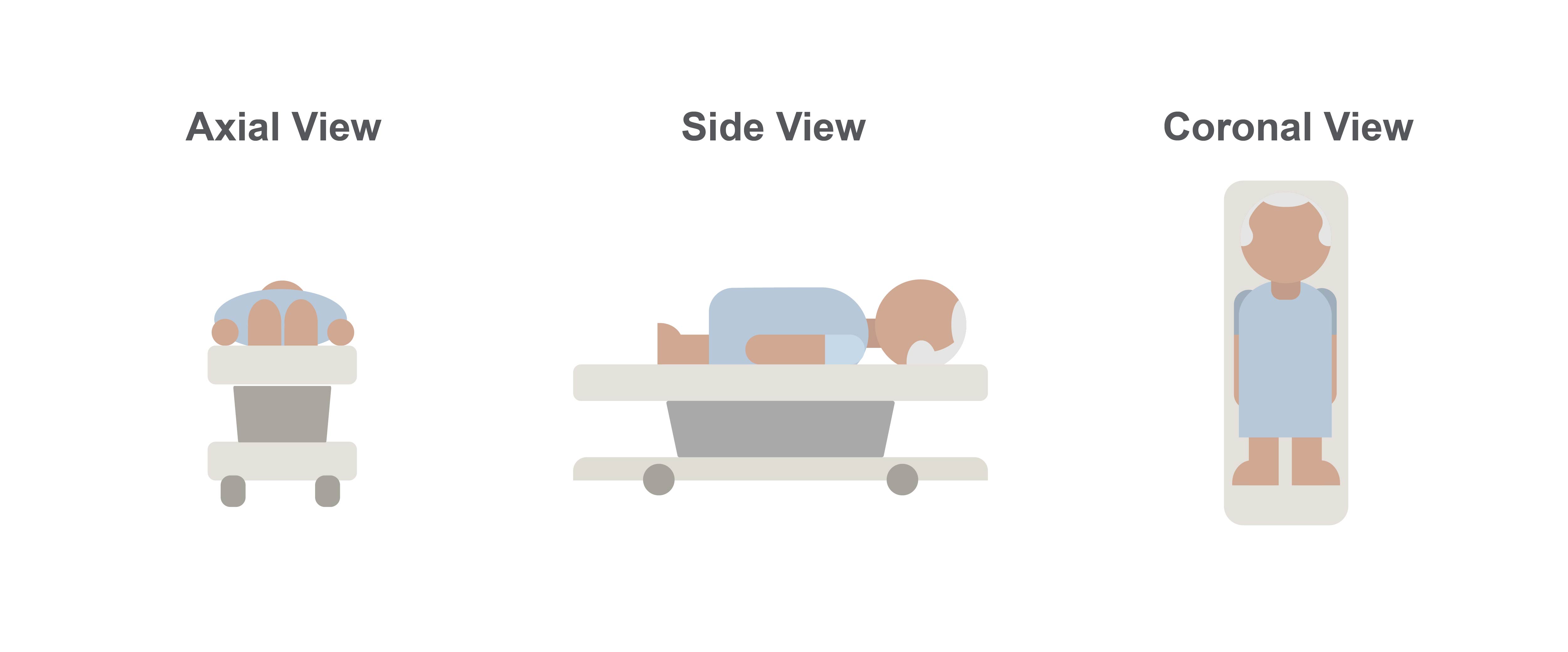
Figure 3. The patient in the axial, sagittal and coronal views.
Using these images, the treating physician draws the boundary lines around the prostate section that corresponds to each transducer element. For example, to the left, a specific boundary line is drawn for transducer element 4.
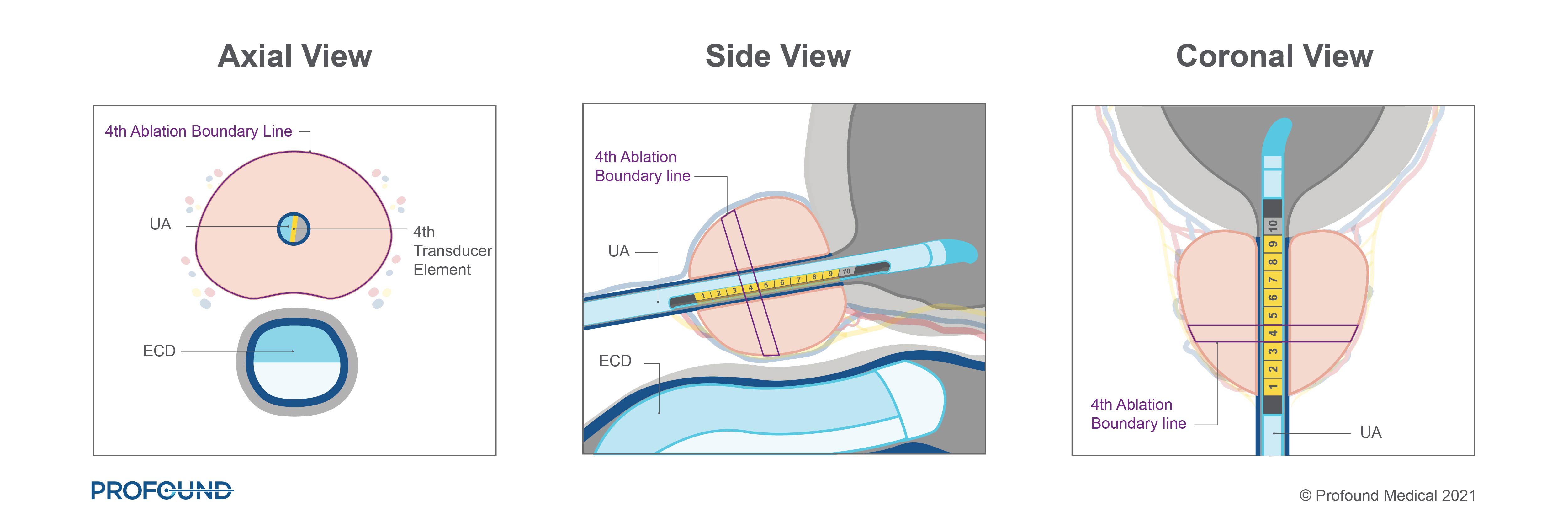
Figure 4: Using these images, the treating physician draws the boundary lines around the prostate section that corresponds to each transducer element. In the example below, a specific boundary line is drawn for transducer element 4.
The physician continues to draw separate boundary lines for the rest of the transducer elements until the entire targeted prostate tissue region is selected and ready for ablation. The example below shows a whole-gland ablation.
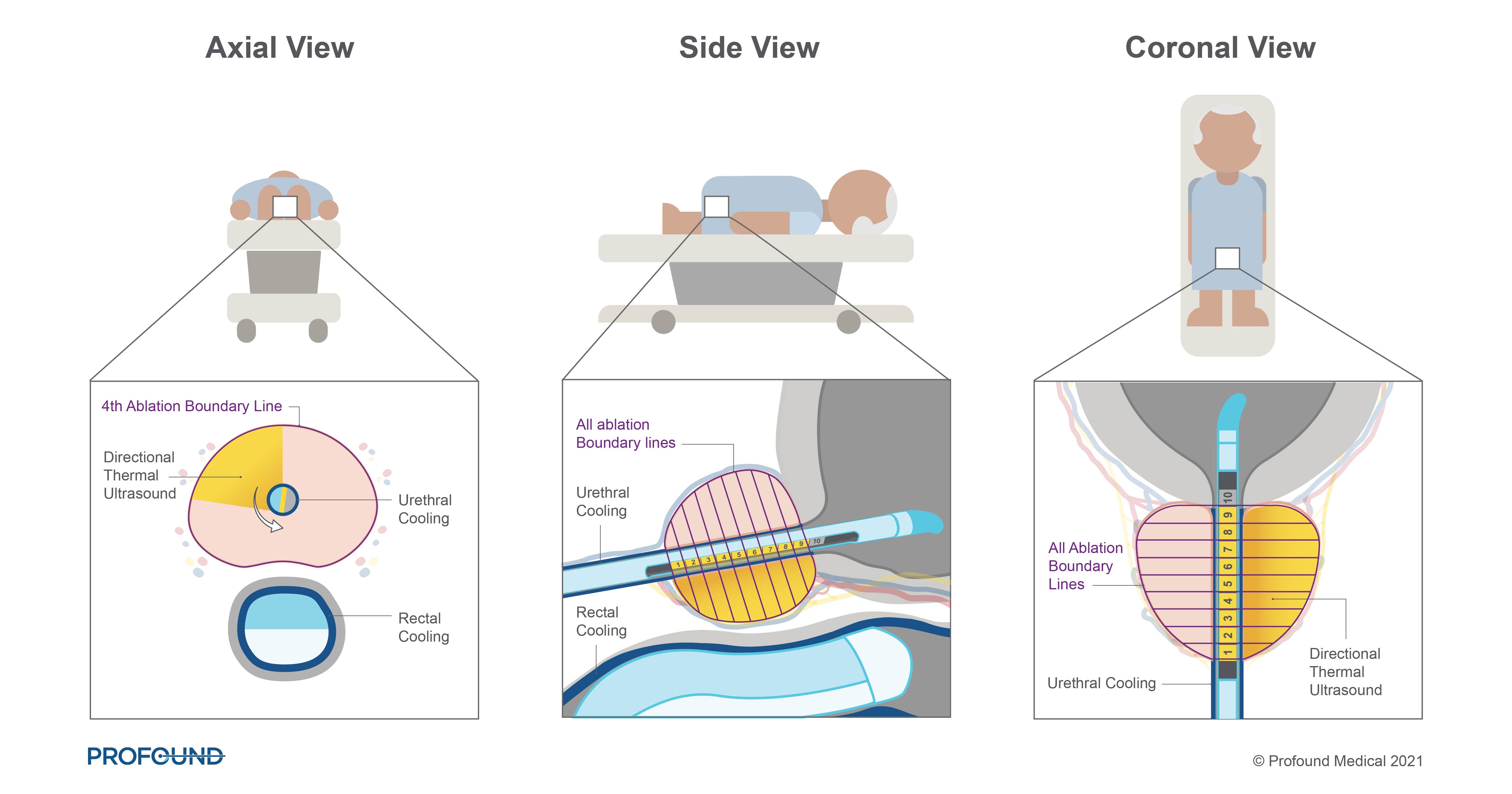
Figure 5: In this hemi ablation, the physician can see the areas of the prostate being ablated in the a) axial view, b) side view, and c) coronal view.
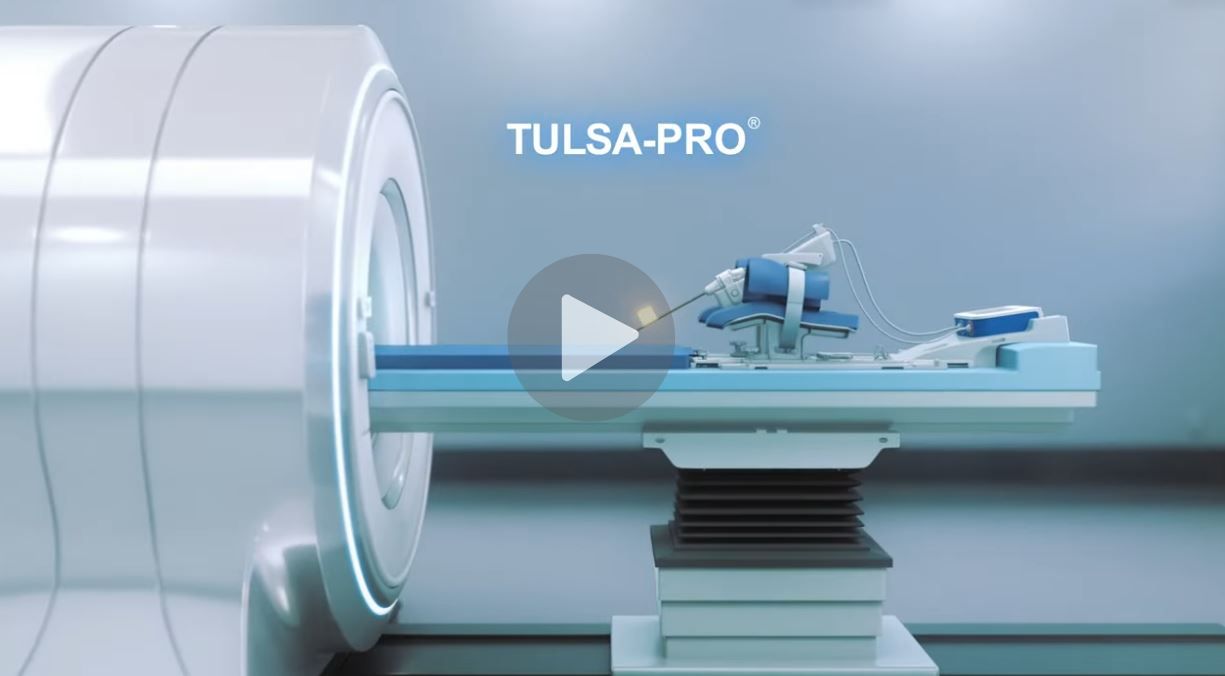
The neurovascular bundles (NVBs) surrounding the prostate, control reproductive and urinary functions. Damage to these NVBs can result in erectile dysfunction or incontinence. The TULSA Procedure ablates the prostate from the ‘inside-out’ (from inside the urethra heating outwards to the edge of the prostate) avoiding direct contact with the NVBs, helping to preserve men’s functional abilities.
The physician can customize the boundary lines depending on the size of the prostate, area intended to be treated, and location of critical structures to be spared, such as the NVBs.
By customizing the boundary line, the physician can preserve the function of the patient’s critical structures yet still deliver effective treatment.
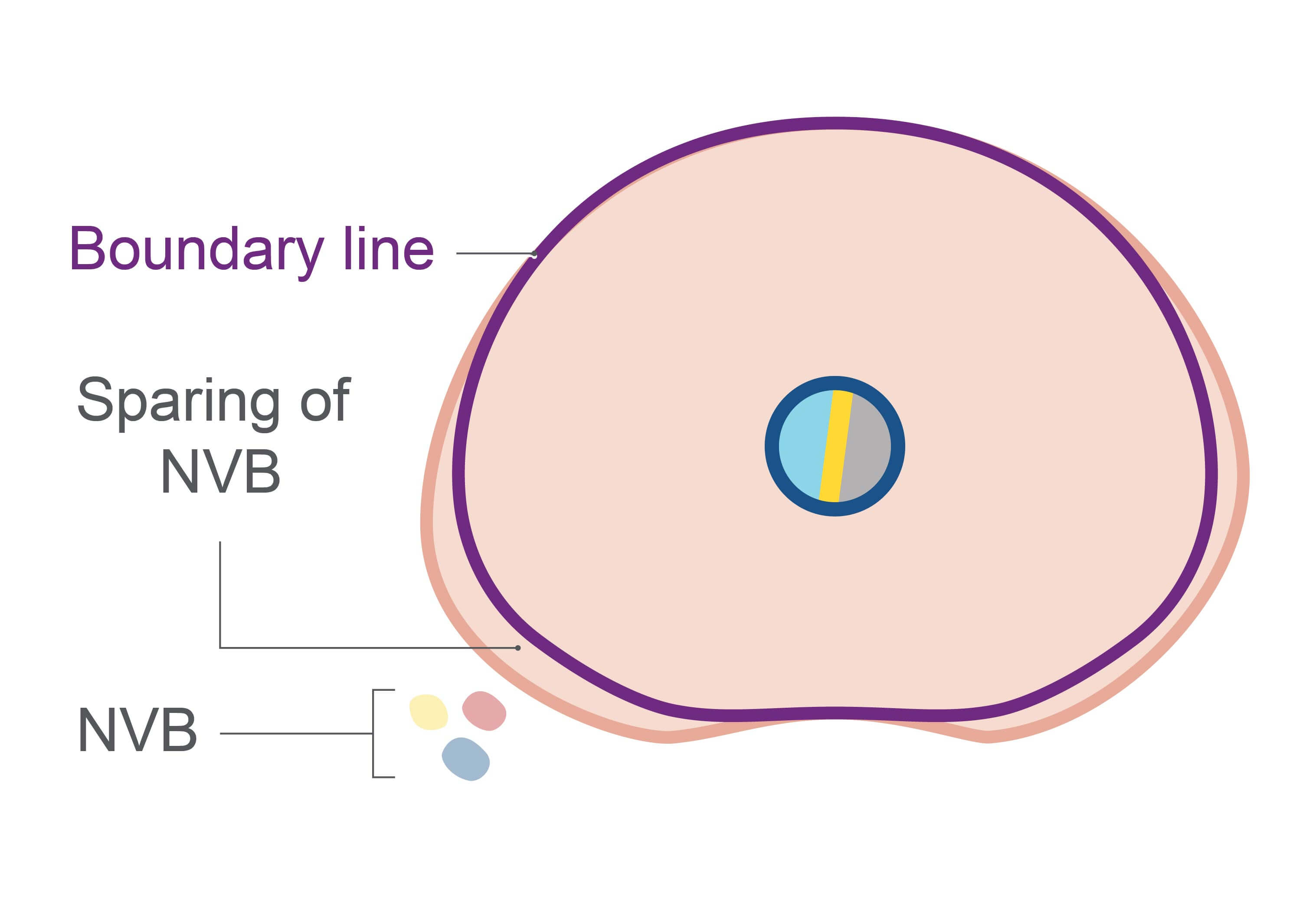
Figure 6. Sparing of the neurovascular bundles (NVBs) using customized physician prescribed boundary line.
The UA rotates within the urethra so that the directional ultrasound can reach more of the prostate tissue and creates a continuous, sweeping heating pattern, reducing the risk of missed spots.
The TULSA-PRO system automatically carries out the ablation instructions, ablating only within the prescribed boundary lines, minimizing the risk of human error.
The physician uses MR imaging to monitor the tissue heating within and surrounding the prostate, in real-time. The physician can make adjustments to the plan if necessary, enabling the procedure to be very controlled and predictable.
If you have questions about the TULSA Procedure connect with a TULSA-PRO provider, or contact us at Profound Medical!